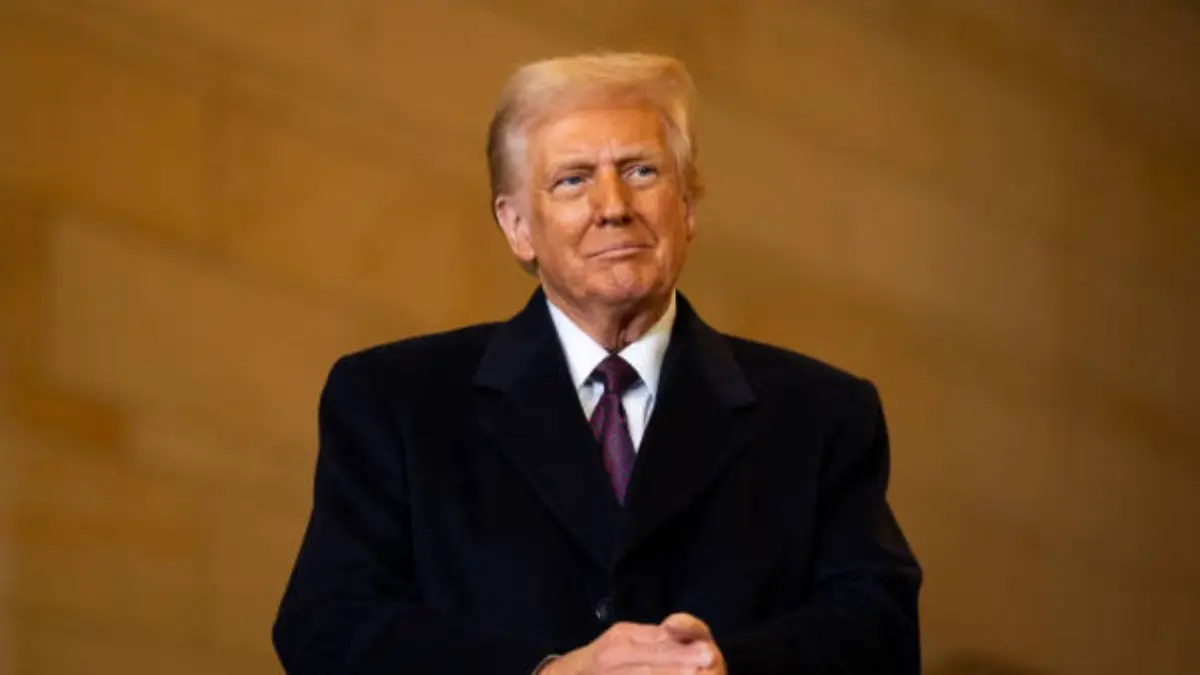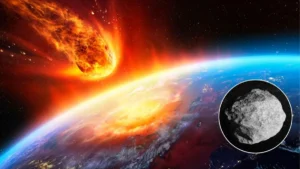
Less than 48 hours have passed since Donald Trump was sworn in again as president of the United States. USA. In just one day, it took various measures against migrants, so much so that the spokesperson for the UN Office for Human Rights, Ravina Shamdasani, spoke out and recalled that “all States have the right to exercise jurisdiction on their borders.” international, but they need to do so in line with their human rights obligations.”
In this sense, Shamdasani told the EFE news agency that everyone States “must guarantee humane border management based on human rightswhich includes the right of migrants to an individualized evaluation of their particular circumstances.” He added that collective expulsions and arbitrary detentions must also be avoided.
This statement was made after Donald Trump declared a “national emergency” on the border with Mexicoso he began to issue a series of executive orders in order to militarize the border with that North American country, prohibit the entry of migrants and asylum seekers, and deport the more than 11 million people living in the United States. illegally.
(Also read: Donald Trump did not end the Ukrainian war in 24 hours as he promised during the campaign: he threatened Russia)
These are the five decisions that Donald Trump has made about migrants
- Trump government gave way to immigration raids on schools, colleges and churches
Trump gave free rein this January 21 to the migration raids in places previously considered “protected” such as schools, churches and hospitals. The Department of Homeland Security (DHS) revoked a directive from the Joe Biden Administration that instructed immigration authorities to avoid raids in or near these locations.
The Trump Administration alleges that Tuesday’s decision “empowers” immigration agents to “follow the laws” and capture what they call “criminal aliens,” according to a DHS spokesperson in a statement.
The text also claims, without citing evidence or examples, that there are “criminals” who “hide in schools and churches” in the United States to evade arrest.
The directive that was revoked was issued by the Biden administration in 2021 and prohibited immigration agents from carrying out arrests or raids in some locations without approval from a superior.
“Protected sites” included educational centers, health centers, places of worship, shelters for victims of domestic violence, funerals, demonstrations or relief centers after a natural disaster.
The idea of the measure, according to the 2021 memorandum, was to prevent foreign people from being reluctant to attend places where essential services are offered.
“We can accomplish our mission without denying or limiting individuals’ access to food, shelter, or faith,” the document states.
- Trump signs executive order to deny citizenship to children of undocumented immigrants
The order seeks to modify the current interpretation of the 14th Amendment to the United States Constitution, which establishes that anyone born on US soil automatically obtains nationality, regardless of the immigration status of their parents.
The measure would only apply to future birthsaccording to a member of Trump’s team. In practice, eliminating birthright citizenship would prevent the State Department from issuing passports to children born to undocumented parents and the Social Security Administration from recognizing them as citizens, making it difficult for them to access basic rights and the possibility of working legally in the country.
Removing birthright citizenship has been a recurring demand from conservative groups. Trump had already threatened to revoke this right through an executive order during his first term (2017-2021), although he never did so.
AFP
- End of migrant dating app
The end of the CBP One appwith which migrants arriving at the southern border of the United States requested an appointment to request entry into the country, has left some 270,000 people stranded, according to an estimate by the American network CBS.
The order to end CBP One was one of the first given by the new Donald Trump Government when it took power this Monday in the United States.
“As of January 20, 2025 at 12:00, CBP One features that previously allowed undocumented individuals to submit information in advance and schedule appointments at eight southern border ports of entry are no longer available,” he announced. the Office of Customs and Border Protection (CBP). “All appointments have been cancelled,” he added.
The cancellation of the application has caused tens of thousands of people waiting on the Mexican side of the border to get an appointment to be stranded without options to legally enter the United States.
- Donald Trump declared an “emergency” at the border and paved the way for deportations
Donald Trump declared this Monday a “national emergency” on the border with Mexico and paved the way for his promise of mass deportations of migrants.
Through several decrees, which he signed in the Oval Office surrounded by cameras and journalists, the Republican issued a series of executive orders that will shape his promise to militarize the border, prohibit the entry of migrants and asylum seekers and deport more than 11 million people living in the US without legal status.
“I have no greater responsibility than to defend our country from threats and invasions and that is exactly what I am going to do,” he said during his first speech as the country’s leader.
Citing a “national emergency,” he authorized in a lengthy executive order the use of military forces on the border with Mexico to “secure” that border and repel “forms of invasion,” including migration to the United States and drug trafficking. drugs.
The document orders the authorities “immediately deport” all migrants who enter the US irregularly., indicating that hot deportations will be restored.
At the same time, he restores the program known as ‘Remain in Mexico’, in force during his first term (2017-2021) and which forced migrants to wait in the neighboring country for their cases to be processed by the authorities.
- Reestablished the policy of immediate expulsion of immigrants
Donald Trump restored in its full scope the “immediate expulsion” of immigrants, a policy that allows the rapid deportation of undocumented immigrants without a hearing and that had been eliminated during the former president’s term. Joe Biden (2021-2025).
The measure, created in 1996, had already been applied in its full extent during the first Trump Administration (2017-2021), and was applied at the national level to undocumented immigrants who had been in US territory irregularly for less than two years. , which is how it will be implemented again in his second term.
Since the mandate of former President George W. Bush (2001-2009), immediate expulsion applied only to undocumented immigrants who had entered the United States in the last 14 days and were within a radius of 100 miles (161 km.) of the border.
In cases of immediate or accelerated removal, due process is minimal and an immigration judge does not intervene, and even federal judges do not have the power to hear any appeal.
In most cases, a person subject to an immediate removal order cannot return to the country for a period of five years.
The application of immediate removal peaked during fiscal year 2013, when 193,000 people were deported under this policy, a figure that was equivalent to 43% of the total expulsions in that period, according to the American Immigration Council (AILA, in English).
(Also read: US states suing Trump order eliminating birthright citizenship
)
Source: https://www.noticiascaracol.com/mundo/las-decisiones-que-ha-tomado-donald-trump-contra-migrantes-en-sus-primeras-horas-como-presidente-rg10


